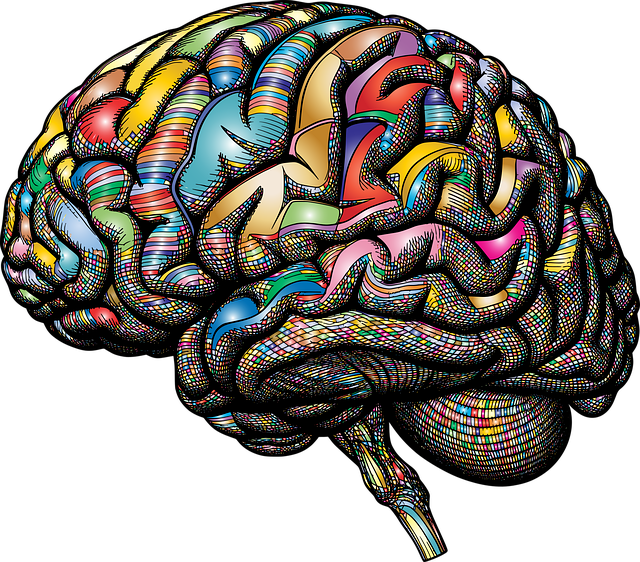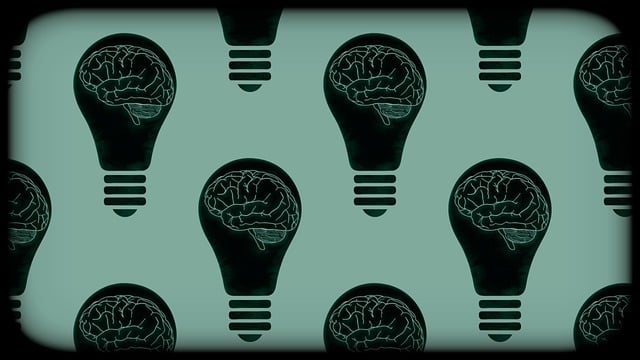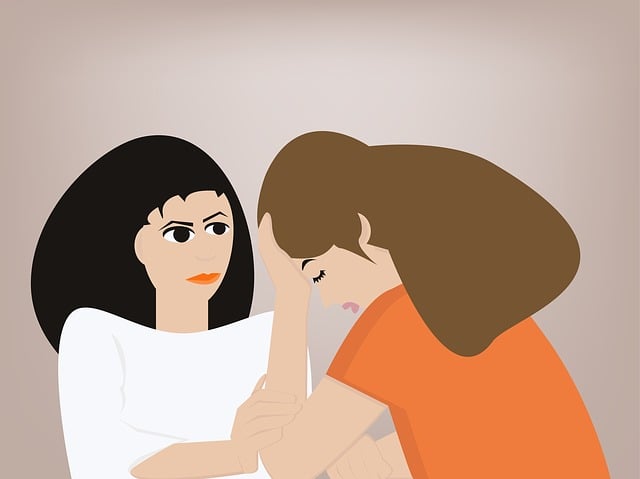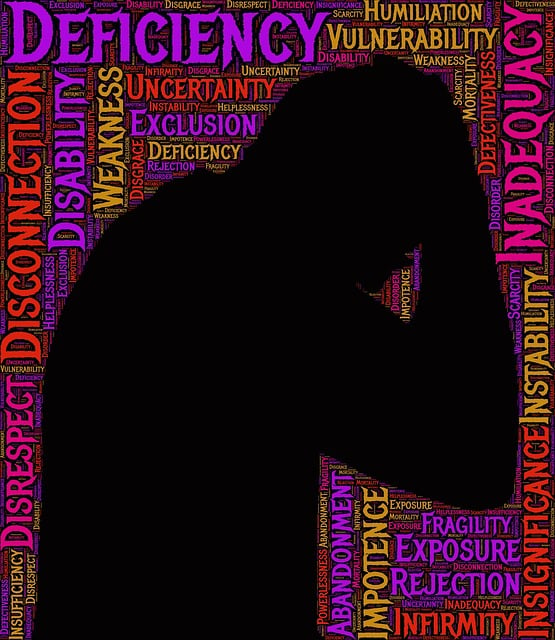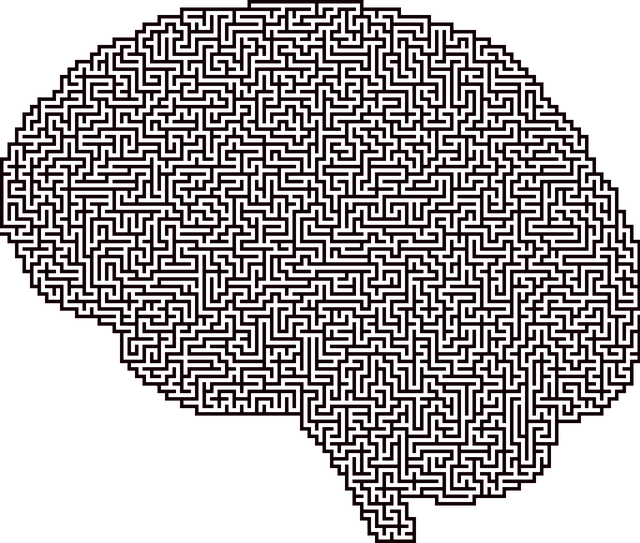Mental illness diagnoses are challenging due to overlapping symptoms and subjective reporting, leading to high rates of misdiagnosis (up to 25%) in adolescents and couples. The current approach emphasizes evidence-based practices like compassion cultivation and stress reduction, tailored therapy models for teens and couples, and integrating mood management strategies into diagnostics for more holistic evaluations. Reducing stigma through education, advocacy, Mental Wellness Coaching Programs, and policy analysis are crucial for improving diagnosis accuracy and enhancing patient care. Accurate initial evaluations prevent inappropriate treatment plans, reduce provider burnout, and foster a more accepting therapeutic environment.
Mental illness diagnosis accuracy is a critical aspect of adolescent and couples therapy, yet common misconceptions and challenges plague this process. This article explores the current landscape, delving into diagnostic errors and their profound impact on vulnerable populations. We identify gaps in assessment methods and present innovative strategies to enhance accuracy, including leveraging technology, adopting collaborative approaches, and promoting cultural sensitivity. Effective communication, tailored education, and ongoing dialogue are pivotal for refining diagnoses and delivering impactful therapy.
- Understanding Mental Illness Diagnoses: The Current Landscape
- – Exploring common misconceptions and challenges in diagnosis
- – Statistics on diagnostic errors and their impact on adolescents and couples therapy
Understanding Mental Illness Diagnoses: The Current Landscape

Mental illness diagnoses are complex, often involving a web of symptoms that can overlap and vary greatly among individuals. In many cases, diagnosis relies on self-reporting by patients, along with observations from mental health professionals. This subjective nature makes accuracy particularly challenging, especially for conditions like depression or anxiety, which share commonalities but have distinct treatment requirements. The current landscape suggests a need for more precise diagnostic tools that go beyond traditional questionnaires and clinical interviews.
Efforts to improve diagnosis accuracy are multifaceted, with a growing emphasis on evidence-based practices such as compassion cultivation and stress reduction methods. Incorporating therapy models tailored for adolescent teens and couples can also enhance understanding by addressing communication issues, which play a significant role in both presenting symptoms and treatment outcomes. Additionally, integrating mood management strategies into diagnostic processes aims to provide more holistic evaluations, ultimately leading to better-informed interventions and improved patient care.
– Exploring common misconceptions and challenges in diagnosis

Diagnosing mental illness accurately can be a complex task due to the multifaceted nature of human behavior and emotions. One of the primary challenges lies in distinguishing between normal adolescent developmental stages, communication issues within couples, and actual mental health disorders. For instance, what seems like rebellious behavior in teens might mask underlying anxiety or depression, while seemingly contentious conversations between couples could signal a need for therapy rather than just poor communication skills.
These misconceptions often stem from the persistent mental illness stigma, which can lead to misdiagnosis or delayed treatment-seeking behaviors. Efforts to reduce stigma through education and advocacy play a crucial role in improving diagnosis accuracy. Additionally, integrating Mental Wellness Coaching Programs and incorporating comprehensive Mental Health Policy Analysis can provide more nuanced approaches to understanding and addressing these challenges.
– Statistics on diagnostic errors and their impact on adolescents and couples therapy

Diagnosis errors in mental health care can have profound consequences, especially when affecting adolescents and couples seeking therapy. Studies reveal that up to 25% of clinical diagnoses are incorrect, with higher rates among younger patients. These errors can lead to inappropriate treatment plans, causing further distress and hindering recovery. For adolescents, misdiagnoses often result in inadequate support for their unique needs, potentially impacting their development and overall well-being. In couples therapy, inaccurate assessments can exacerbate communication issues, as partners may receive guidance based on an erroneous understanding of one another’s mental health status.
The impact extends beyond individuals; it reflects on the entire therapeutic process. Burnout prevention strategies for healthcare providers emphasize the need for accurate diagnoses to avoid frustration and fatigue. Mental illness stigma reduction efforts also benefit from precise assessments, fostering a more accepting environment. Effective mood management, a key aspect of treatment, relies on correct initial evaluations, ensuring interventions are tailored to address specific symptoms.
Mental illness diagnoses, while crucial for effective treatment, face significant challenges. Common misconceptions and a lack of understanding contribute to diagnostic errors, notably affecting adolescents and couples therapy. Improving accuracy requires ongoing efforts to enhance professional training, promote early intervention, and encourage open communication. By addressing these issues, we can ensure better outcomes for those seeking help, fostering healthier relationships and more effective therapy for adolescent teens and couples.



